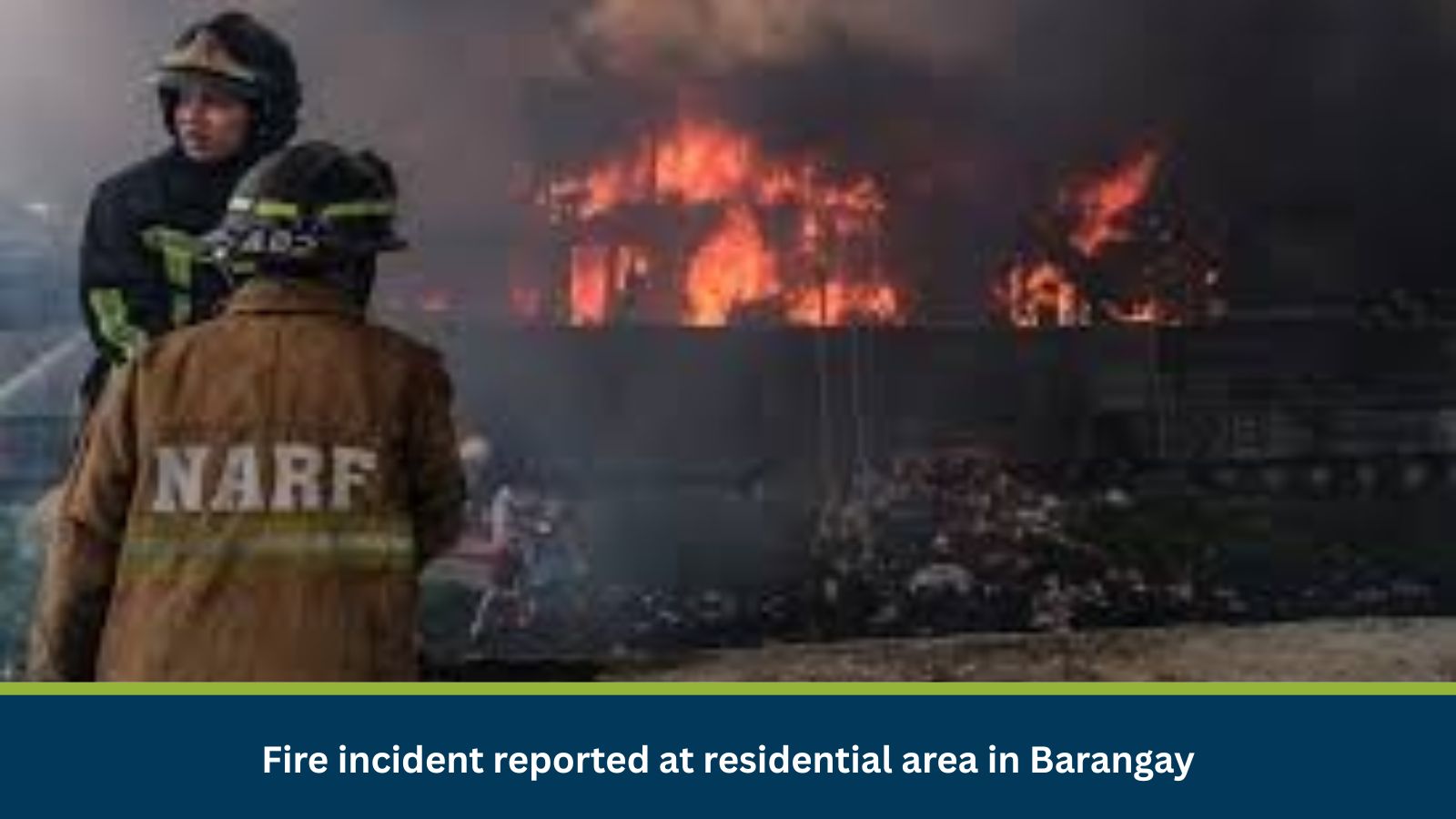A fire incident in a residential area of Tondo, Metro Manila, on 29 July signals a high-frequency, localized risk. This event is critical for people safety, asset security, and local business continuity due to extensive property destruction, displacement, and cumulative burden on infrastructure.
What is Risk Analysis in the Context of Critical Infrastructure Events?
Critical Infrastructure risk assessments evaluate threats to essential services and systems, including transportation, utilities, and public safety. While this incident is primarily a localized residential fire, its impact on the surrounding urban environment – particularly access roads, local utilities, and the welfare of a dense population – categorizes it under critical infrastructure disruption. Such events in densely populated areas like Tondo, Manila, frequently strain local emergency services and highlight systemic vulnerabilities in housing and urban planning.
Executive Summary
- Date of Incident: 29 July 2025
- Location: Barangay, Metro Manila, Philippines
- Risk Category: Critical Infrastructure
- Severity Score: 4/5
- Confidence Level: 90%
Based on historical analysis of residential fire incidents in Tondo, Manila, the current event represents a high-frequency, localized yet impactful risk. Past events confirm a consistent pattern: fires in informal settlements are typically contained within 6-18 hours, but humanitarian and logistical disruption persists for 24-72 hours. Recovery can extend 2-4 weeks. Severity is consistently high for directly impacted communities, resulting in significant property destruction, displacement, and potential casualties. While broader business and travel disruption is limited, the frequency presents a cumulative burden on local infrastructure and public services. Confidence is high given predictable fire dynamics in these vulnerable urban environments.
Known Hotspots and Sensitive Areas
The primary sensitive area affected is the densely populated residential barangay in Tondo, characterized by informal settlements and tightly packed housing structures, highly vulnerable to rapid fire spread. Other sensitive areas could include nearby public markets and local schools, often designated as evacuation centers.
Impact on Transportation and Services
- Road Closures: Road closures are expected on narrow internal streets within the affected Barangay (e.g., Franco Street, Coral Street). Major arterial roads like Radial Road 10 (R-10) or Juan Luna Street in Tondo may experience temporary blockages or heavy congestion due to emergency access.
- Transport Disruption: Localized transport disruption is significant, affecting jeepneys, tricycles, and private vehicles on side streets and barangay roads in Tondo. Routes connecting from R-10 towards inner residential areas, or passing through Dagupan Street and Juan Luna Street, may experience delays or diversions.
- Utility Damage: Expect localized damage to essential utilities, specifically power lines and water supply pipes within the immediate fire zone, leading to power outages and decreased water pressure.
- Business Operations: Localized disruption to small and medium enterprises (SMEs) within the immediate vicinity.
Recommended Actions
- Employee Safety & Well-being: Activate internal emergency contact tree to confirm employee safety. Provide guidance on commute disruptions and offer flexible work arrangements.
- Supply Chain & Logistics Assessment: Assess disruptions to supply chains or client services relying on the affected Tondo area. Implement alternative delivery routes and identify backup facilities for operational continuity.
- Communication Protocols: Establish clear internal communication for real-time updates to employees. Prepare a proactive communication strategy for external stakeholders outlining potential service adjustments.
- Review & Verify Preparedness: Conduct an immediate review of fire safety protocols, emergency response, and business continuity plans. Verify data backup integrity, secure physical assets, and confirm clear evacuation routes.
Emergency Contacts
- Police: 911, 117, or local police station numbers
- Fire Department: 911 or Bureau of Fire Protection hotline
- Ambulance: 911 or Philippine Red Cross
Official Government:
- National Disaster Risk Reduction and Management Council (NDRRMC): (02) 8911-5061 to 65
- Manila City Local Government Unit: 137-137
- Department of Social Welfare and Development (DSWD): (02) 8931-8101
Final Thoughts
The baseline scenario anticipates the fire’s containment within the initial area, with localized disruptions and initial relief operations. A moderate escalation could see the fire spread, leading to greater property loss, more displaced families, and prolonged local road closures. In a severe escalation, the fire could cause significant structural damage to utilities, widespread public outcry, and long-term recovery challenges. Businesses must prioritize employee safety, maintain communication channels, and ensure supply chain resilience.
Stay ahead of operational risks with real-time alerts, scenario modeling, and expert advisories with datasurfr’s Predict.
MitKat helps organisations navigate uncertain times by providing comprehensive insights about the evolving risk landscape. We offer various services including Risk consulting and Security Design, Protective Services, and cyber security services which ensure organisations become Risk Intelligent. Our AI-powered operational risk monitoring tool, datasurfr combined with expert insight enables companies to stay abreast of evolving operational risks and emerging developments.






